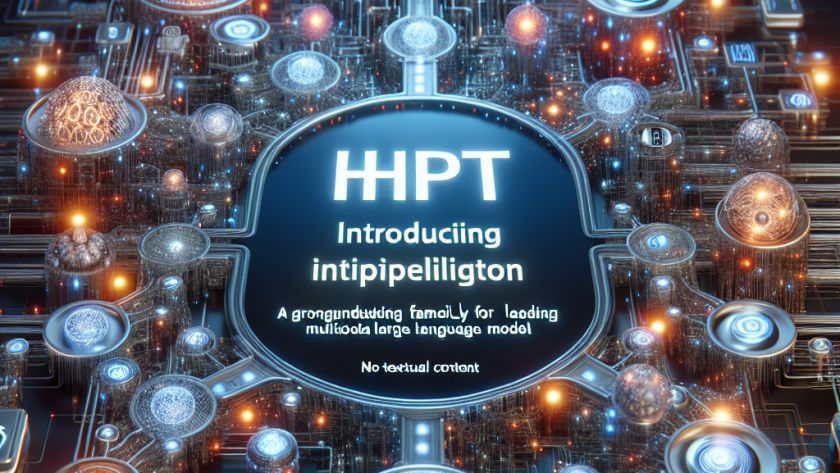Jailbreak attacks aim to identify and address security vulnerabilities in Language Models (LLMs) by bypassing their safety protocols. Despite significant advancements in LLMs, particularly in the area of natural language processing, they remain prone to such attacks. Given the increasing sophistication of new jailbreak techniques, the need for robust defense methodologies has grown. These methods,…












